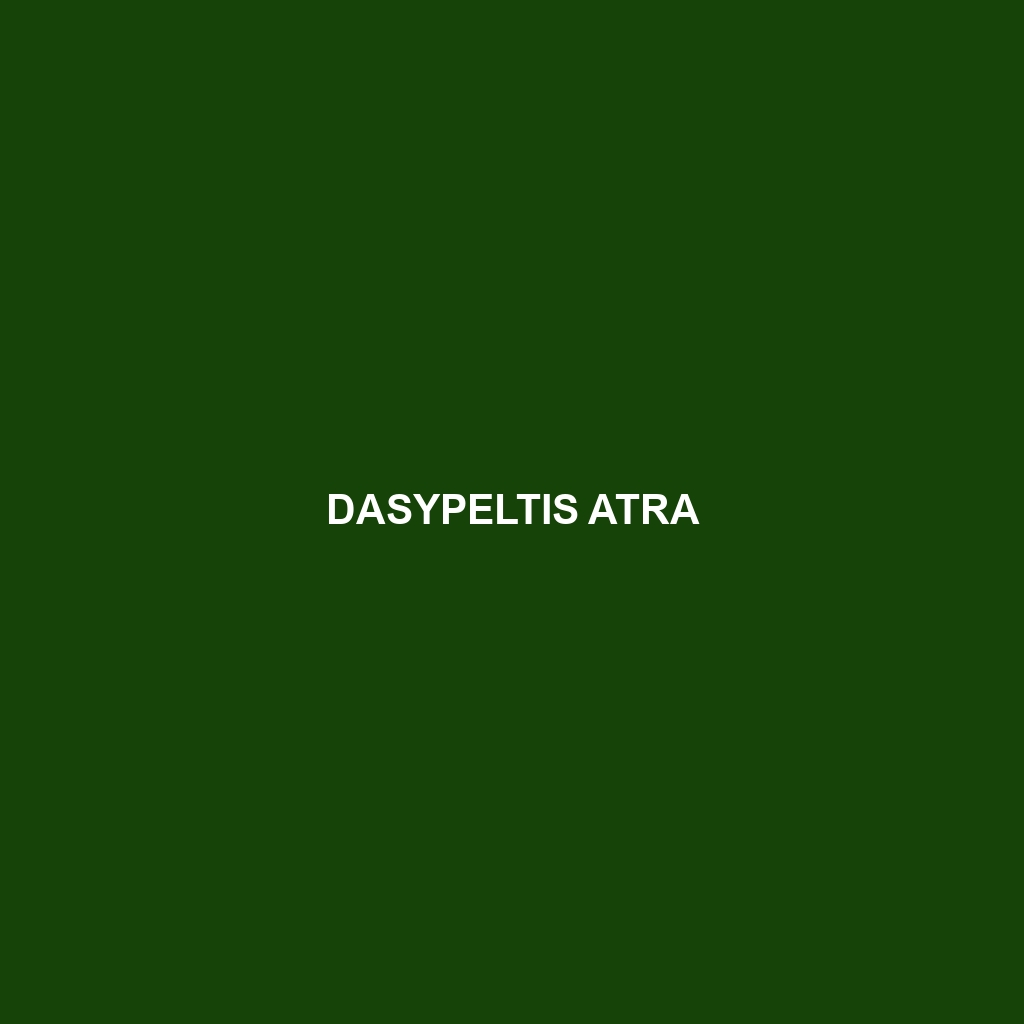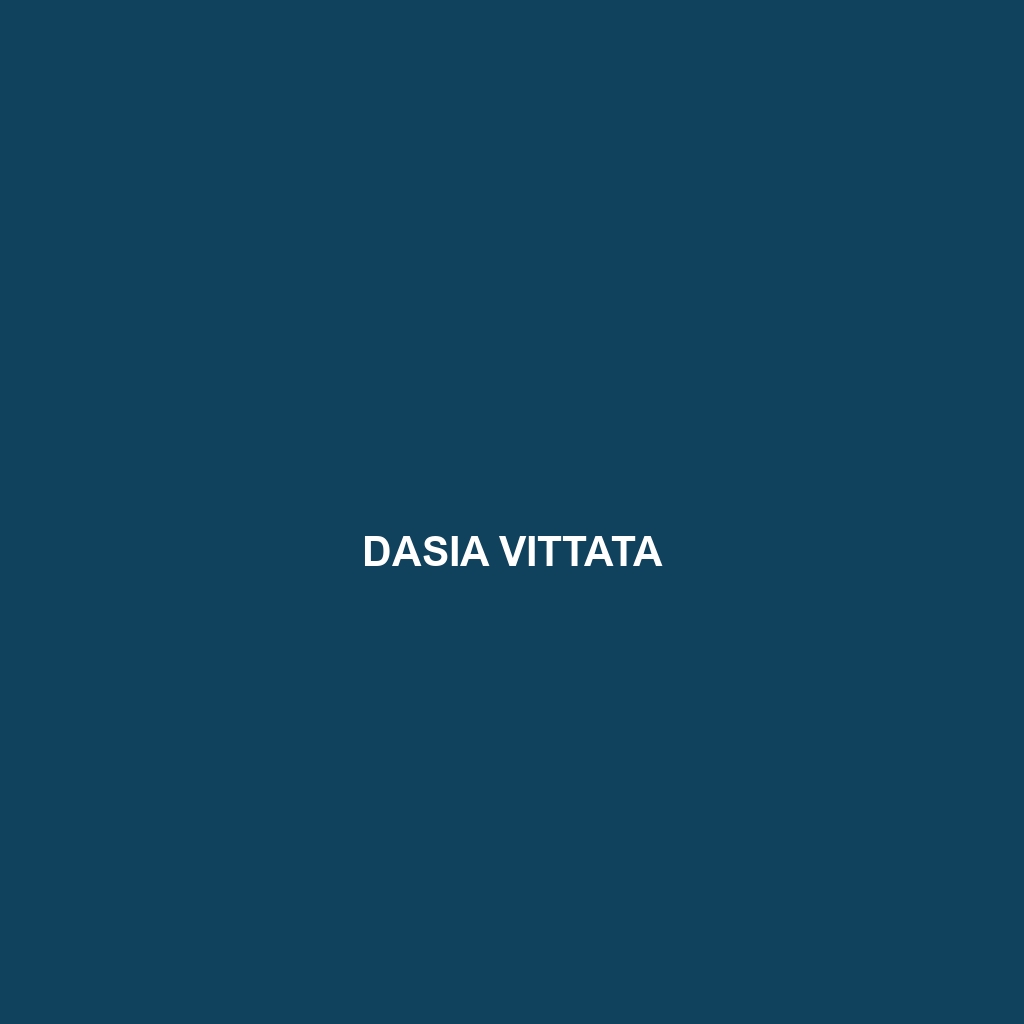-

Dasypeltis bazi
Dasypeltis bazi, commonly known as the egg-eating snake, a medium-sized serpent native to Eastern Africa. With its ability to consume bird eggs and its striking camouflage, this near-threatened species plays a vital role in regulating avian populations and maintaining ecological balance.
-

Dasypeltis atra
Dasypeltis atra, commonly known as the Black Egg-Eating Snake, is a slender, nocturnal serpent found in the savannas and grasslands of sub-Saharan Africa. Specializing in consuming bird eggs, it can grow up to 1 meter long and plays a vital role in regulating bird populations within its ecosystem.
-

Dasypeltis arabica
Introducing the Arabian Egg-eating Snake (Dasypeltis arabica), a medium-sized snake native to the arid regions of the Arabian Peninsula. Known for its ability to consume bird eggs whole, this resilient species features a slender body, smooth scales, and is primarily active during the day, playing a vital role in regulating bird populations within its ecosystem.
-

Dasypeltis abyssina
Dasypeltis abyssina, a striking medium-sized snake native to East Africa, known for its egg-eating diet and exceptional camouflage in savannas and grasslands. This non-venomous species thrives in tropical climates and plays a vital role in regulating local ecosystems.
-

Dasia vyneri
Dasia vyneri, a vulnerable skink native to the tropical forests of Southeast Asia, is characterized by its slender body, ranging from 15 to 30 cm, and its camouflage-enhancing coloration of brown to green. Primarily insectivorous, this diurnal species plays a significant role in controlling insect populations and exhibits fascinating traits such as tail regeneration.
-

Dasia vittata
fascinating Dasia vittata, or Scaly Lizard, a moderate-sized reptile native to tropical Southeast Asia. With its striking camouflage colors, agile climbing abilities, and diet mainly consisting of insects, this diurnal species plays a vital role in its ecosystem while showcasing social behaviors.
-

Dasia subcaerulea
TheDasia subcaerulea, commonly known as the Blue Dasia, is a stunning arboreal reptile native to the tropical rainforests of Southeast Asia, characterized by its vibrant blue coloration and smooth scales. With a diet primarily consisting of insects and small arthropods, this vulnerable species plays a crucial role in its ecosystem by controlling pest populations while…
-

Dasia semicincta
Dasia semicincta, commonly known as the striped skink, is a diurnal lizard found primarily in the humid coastal regions of Australia and New Guinea, characterized by its distinctive brown or grey body with black stripes and a diet consisting mainly of insects. This ovoviviparous species plays a crucial role in controlling insect populations and serves…
-

Dasia olivacea
vibrant Dasia olivacea, a medium-sized lizard native to tropical Southeast Asia, known for its distinctive green to olive-brown coloration, excellent climbing skills, and vital role in controlling insect populations. With a conservation status of “Vulnerable,” this agile species is essential for maintaining ecological balance in its moist forest and grassland habitats.
Search
Popular Posts
-
Gerrhopilus oligolepis
Discover the Gerrhopilus oligolepis, a nocturnal insectivore native to tropical and subtropical regions, known for its slender body, distinctive dorsal spots, and remarkable camouflage. This species plays a crucial role in its ecosystem by regulating insect populations and serves as an important food source for larger predators.
-
Gerrhopilus mirus
Gerrhopilus mirus, or the remarkable snake, is a small, nocturnal insectivore primarily found in the tropical rainforests of Southeast Asia. With its distinctive brown and yellow coloration, this adaptable species plays a crucial role in controlling insect populations and maintains a vital ecological balance within its habitat.
-
Gerrhopilus mcdowelli
Common Name Gerrhopilus mcdowelli Scientific Name Gerrhopilus mcdowelli Habitat Gerrhopilus mcdowelli is primarily found in the lush, humid environments of tropical rainforests, particularly within the regions of Southeast Asia. These serpentine creatures thrive in dense foliage near streams and rivers, enjoying moist conditions that support their biological needs. Their habitat preference also extends to nearby…
Categories
Tags
animal adaptations (790) animal behavior (4790) animal reproduction (803) behavior (919) biodiversity (7114) conservation (1670) conservation efforts (1535) conservation status (4944) diet (2099) echolocation (822) ecological balance (1622) ecological role (1495) ecology (791) ecosystem (1468) ecosystem role (2695) ecosystem roles (695) endangered species (2423) environmental conservation (716) habitat (3249) habitat conservation (957) Habitat Destruction (1079) habitat loss (3048) insectivorous reptiles (740) IUCN Red List (1521) lizard reproduction (696) nocturnal animals (2708) nocturnal behavior (2315) nocturnal reptiles (681) physical characteristics (1998) reproduction (2858) reptile conservation (1001) rodent (677) rodent species (1325) seed dispersal (2078) Seed Disperser (962) small mammals (1164) snake diet (723) snake reproduction (773) South America (791) species description (714) tropical forests (938) Vulnerable Species (4534) wildlife (2507) wildlife conservation (4699) wildlife protection (881)




